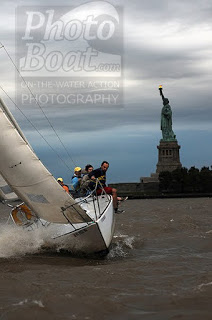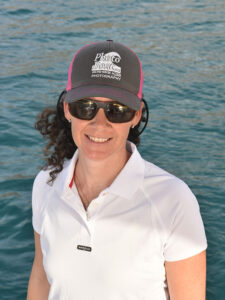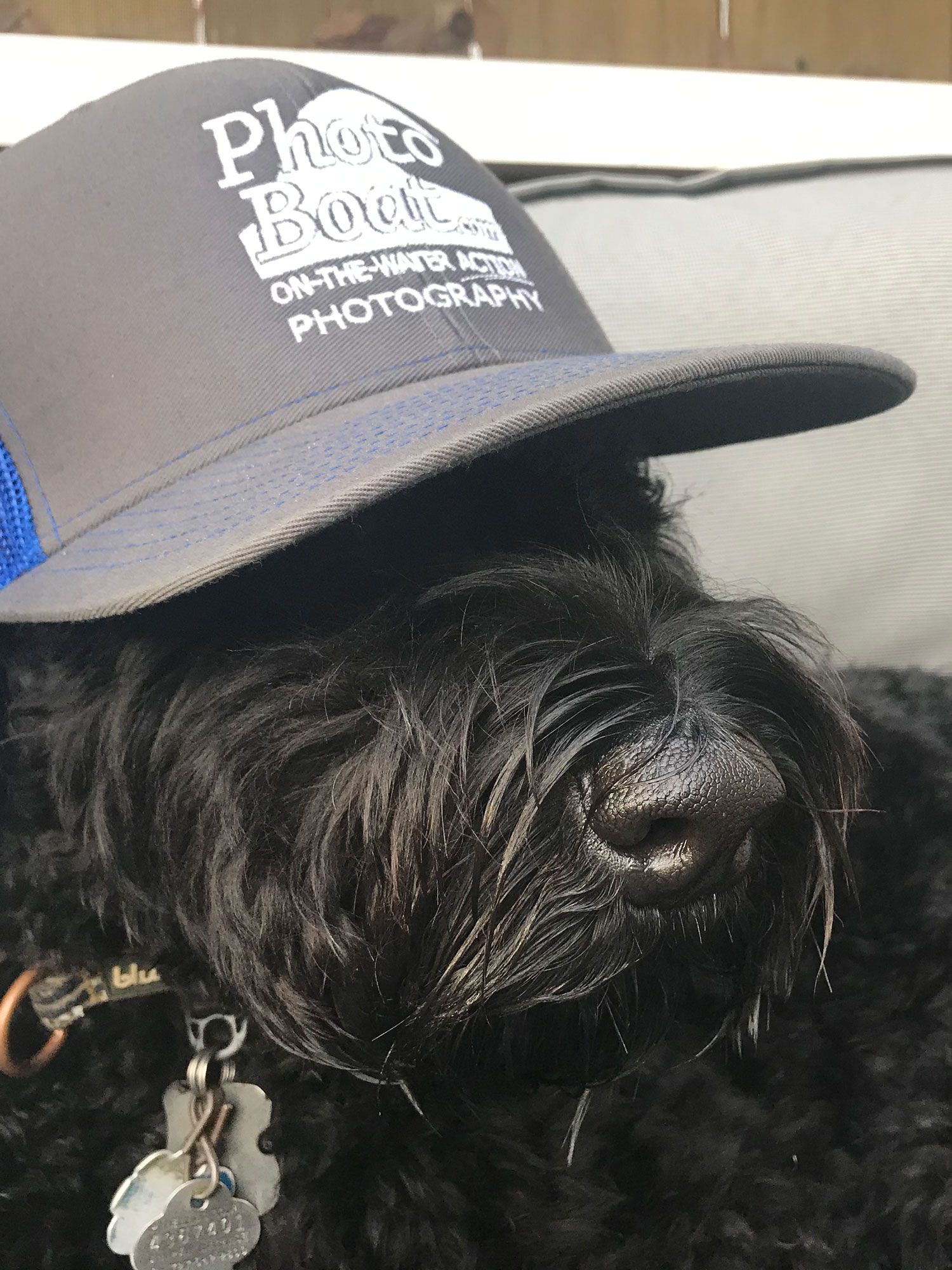The race is named in honor of the men and women of history—well, let’s face it, the men—who would go out to salvage booty off of ships that wrecked on local reefs. Word has it they would save castaways when possible, but the lore tends to focus on their less altruistic actions.
The story, easily gleaned by any Key West tourist in the course of a few museum or monument visits, goes something like this: in the 1500s, Key West wreckers sacked Spanish ships that floundered on the way home from South America. Key West’s position close to the Gulf Stream was fortuitous for treasure-hungry inhabitants.
Political changes in the 19th Century put a fire under the wrecking business in Key West. Because of burgeoning commerce on the Mississippi River after the Louisiana Purchase, Key West’s location became even more strategic. Now the island lay in the path of not one, but two major shipping lanes. Even better (from the wreckers’ point of view), as America seized Florida from Spanish hands, Congress passed an act prohibiting the transportation of booty found in Florida’s waters to foreign ports. This move uprooted the wrecking industry from the Bahamas and it became so large and lucrative that for a brief period of time during the 1850s, Key West was supposedly the richest city per capita in the United States.
With a sense of pride in Key West tradition and a desire to get that first place prize, today’s Wreckers Race participants storm the route of history’s wreckers. With a rather barbaric attitude that comes from a lack of rules, no shortage of rum, and, well, just being Key West locals, they play the role very well. It’s too bad the Race Week crew can’t stick around to witness this, or even participate. Sailing is sailing and I know I could learn a few things about making a schooner go fast.





